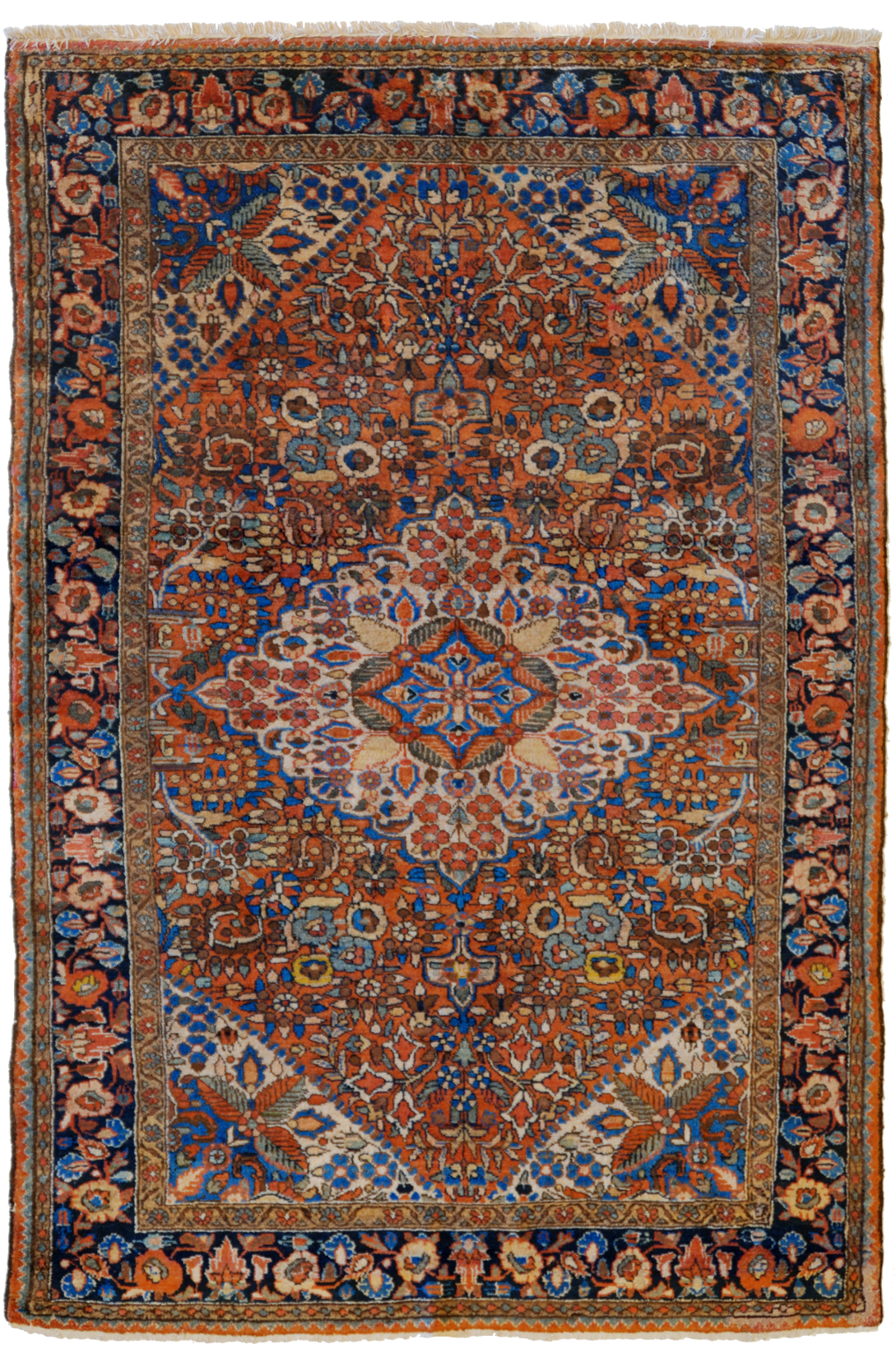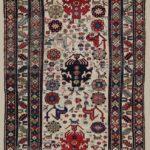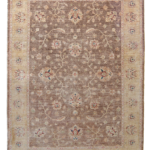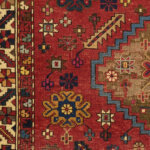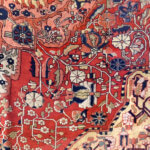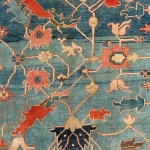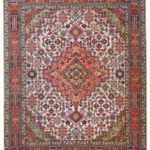The Threads of the Soul
Fabio Morandi is one of those unusual people. His story began in the heart of the Paduan plains, along the River Po. He tells us he was born in Cremona. “My mother ran a shop and my father was a farmer. I grew up in the Oltrepò and consider myself a “bassaiolo” (one from the flat lands), as Gianni Brera would say. My roots,”he continues, “and I mean this in the humblest of ways, are those of Giuseppe Verdi and Giovanni Guareschi: full-blooded and creative.” The aim of this introduction is to put the Morandi Tappeti brand into focus: they are both a serious and exuberant point of reference in the interior design industry and offer fine carpets that range from antique to modern.
The firm’s headquarters has always been in Castelvetro Piacentino, along the road that links Cremona and Piacenza. It has the feel of antiques shop which keeps up with the times. “My mother,” Morandi continues, “started the business here in the 1960s., “I, however, am more attached to shop in Crema, which I opened in 1991. The city of Crema adopted me and believed in me, in my spontaneity and my forthright nature.
This year I inaugurated a store in Parma and we work on- line a great deal as well. Thanks to our Website (www. Moranditappeti.it) we have both an Italian and foreign clientele.”The Website was structured as a real on-line shop where the rugs and carpets from the Morandi collection are shown and their measurements and prices listed, accompanied by description of type and quality. The firm has long tradition of importing, selling and restoring carpets from all over the world. Their Castelvetro Piacentino location specialises in restoration and offers the services of experts for evaluations and restoration of all type, even the most delicate of interventions, using old and hand-spun wool. Fabio Morandi talks about his world with a contagious effervescent verve that borders on poetic. “ A carpet is the home, not just something that lies there. The carpet creates the dwelling, it is life and living. Since ancient times the carpet has been the conceptual center around which we move. It is different from the art that hangs on the wall, which is what aspire to.
The carpet affects the manner in which we exist. The carpet under our feet, or better yet, the carpet on which we sit and live is our point of departure, it represents our cultural roots, our traditions. Whether we are from the East or the West, Catholic, Muslim or Buddhist, and whether we know it or not, we cause our carpets on the basis of who we are deep inside. “Interrupting this verbal tidal wave of enthusiasm we ask him how best to choose a carpet for a modern home. “ The world of carpets has changed profoundly over the last decade. There are now modern and carpets on the market which can meet the needs of any trend or lifestyle. “Speaking of modern environments, this year Morandi has added two collection to his repertoire: “Himalayan” and “Annapurna”, both woven on the slopes of the Himalayas. “Himalayan” is characterized by famous Tibetan knot which is made using tiny bamboo shoots to create a density which varies from 100 to 150 knots for square inch.
The most complex of designs can be crafted using this method. The special chromatic effect is achived through the use of prized wool from animals that live at high elevations, silk and hemp – all expertly blended together. “ Annapurna” was ispired on the abstract work of artists from the early 1900s, with the original, yet traditionally knotted, designs which blend motifs borrowed from such great masters as Vassilij Kandinskij and Kazmir Malevich. The purity and extreme rationale of the design recall the work of Piet Mondrian.
Related posts
Articoli in evidenza
Categorie
- ARTE E MOSTRE
- KILIM
- TAPPETI AFGANI
- TAPPETI AGRA
- TAPPETI ANTICHI
- TAPPETI BHADOHI
- TAPPETI CAUCASICI
- TAPPETI CINESI
- TAPPETI CLASSICI
- TAPPETI DESIGN
- TAPPETI HYDERABAD
- TAPPETI INDIANI
- TAPPETI KAZAK
- TAPPETI MODERNI E CONTEMPORANEI
- TAPPETI PATCHWORK E RELOADED
- TAPPETI PERSIANI
- TAPPETI PESHAWAR
- TAPPETI RIVER E SAMSUNG
- TAPPETI SHIRVAN
- TAPPETI TABRIZ
- TAPPETI TIBET
- TAPPETI TURCHI E ANATOLICI
- TAPPETI TURCOMANNI E TURKMENISTAN
- TAPPETI ZIGLER E ZIEGLER
- UNCATEGORIZED
- VARI

